The Ultimate Beginner’s Guide to WordPress SEO: Effective Strategies Anyone Can Implement
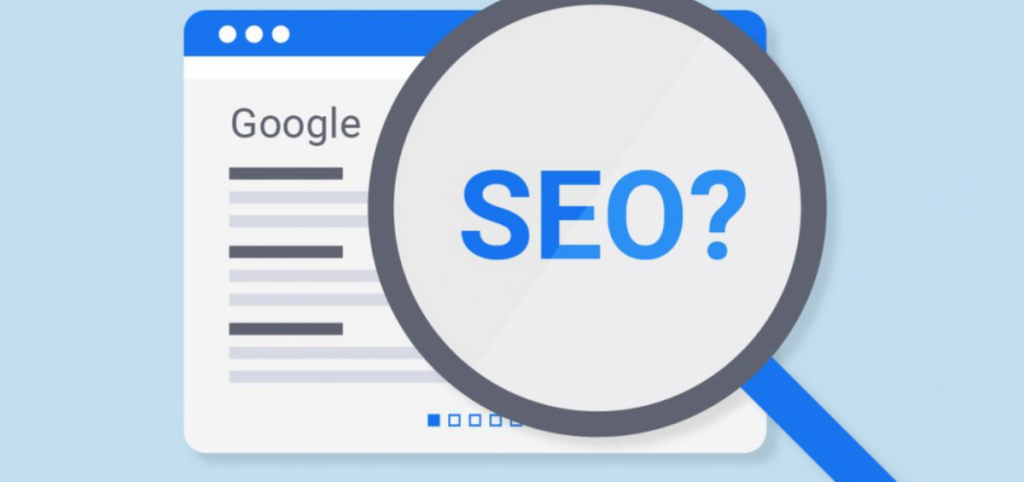
Many users have heard that WordPress is SEO-friendly when building a website using WordPress. This is one of the main reasons why people choose WordPress to create their websites. While WordPress does generate SEO-compliant code, there’s still much you need to do to maximize the SEO potential of your site. In this guide, we’ll walk you through clear and actionable WordPress SEO strategies that anyone, even beginners, can understand and implement.
Many SEO tutorials must be more technical and complex and more accessible to digest for those just starting. That’s why we’ve designed this guide to be easy to follow so you can improve your WordPress SEO in a clear, simple, and highly effective way.
What is SEO?

SEO (Search Engine Optimization) is optimizing your website to rank higher in search engine results, driving more traffic. This is done by creating content and using optimization techniques that make it easier for search engines like Google to find and understand your website.
SEO isn’t about tricking search engines; instead, it’s about helping search engines find and display your content more prominently when users search for relevant terms.
Why is SEO Important?
Search engines are often the largest source of traffic for websites. Platforms like Google use advanced algorithms to rank websites based on content quality, relevance, and structure. However, these algorithms aren’t perfect; they need your help understanding and ranking your content.
Without proper SEO, your website’s content may not rank well in search results, even if it is high-quality. This means fewer people will find your site when they search for the topics you cover.
Optimizing your site for search engines is essential to attract more visitors and increase your website’s visibility.
WordPress SEO Basics
SEO may seem technical, but it doesn’t have to be. Learning a few fundamental SEO principles can significantly improve your site’s ranking and traffic. If you’re already using WordPress, you’re in a great position to start optimizing your website right now.
Let’s get started with some basic WordPress SEO strategies.
Let’s dive into the steps you can take to optimize your WordPress site for SEO.
1. Check Your Website’s Visibility Settings
WordPress has a built-in setting that allows you to hide your website from search engines while working on it. This feature is helpful when building your site, but if left on by mistake, it can prevent search engines from indexing your content.
To ensure your website is visible to search engines:
1. Log in to your WordPress dashboard.
2. Go to Settings > Reading.
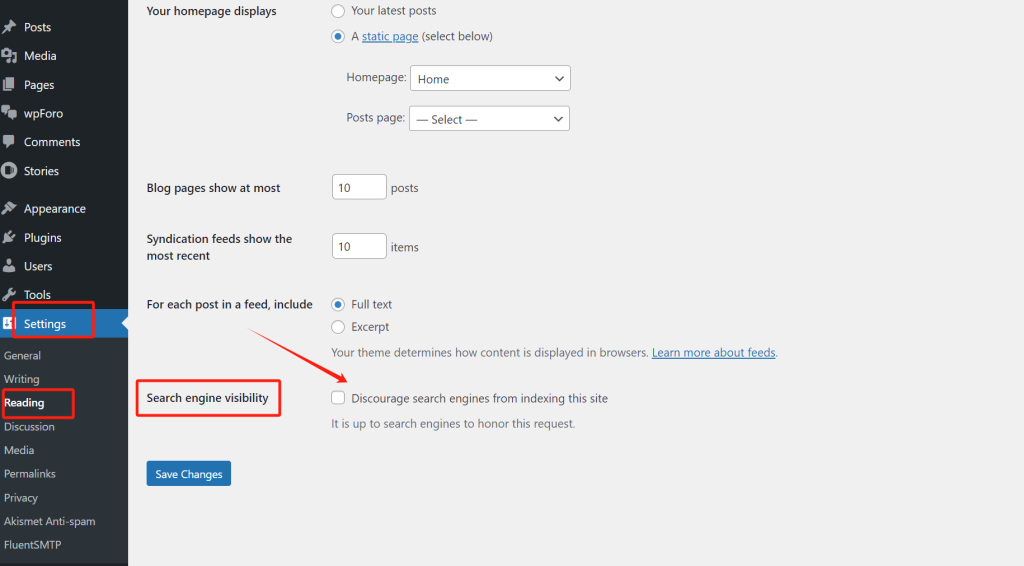
3. Scroll down to the Search Engine Visibility section.
4. Ensure the box next to Discourage search engines from indexing this site is unchecked.
Once you’ve made sure your site is visible, click Save Changes.
2. Use SEO-Friendly URL Structures
A well-structured URL can make your content more understandable for users and search engines. SEO-friendly URLs are short, descriptive, and include relevant keywords that clearly show what the page is about.
For example:
- SEO-Friendly URL: https://www.example.com/wordpress-seo-guide
- Non-SEO-Friendly URL: https://www.example.com/?p=123
To set an SEO-friendly URL structure in WordPress:
1. Go to Settings > Permalinks.
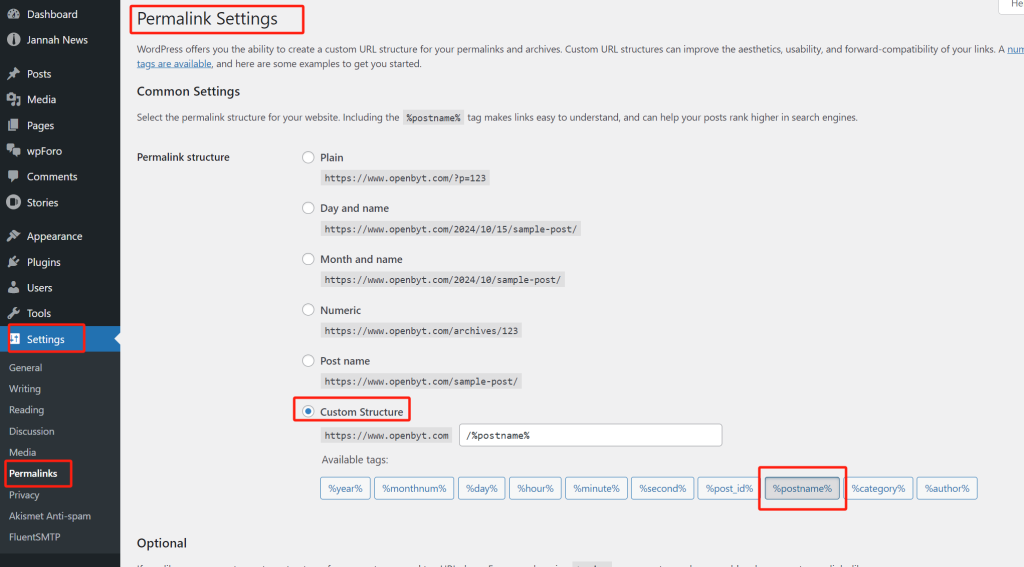
2. Select the Post name as your permalink structure.
3. Click Save Changes.
Changing the permalink structure might affect your existing links if your website has been around for a while. Consult an SEO professional if you need to adjust your permalink settings for an established site.
3. Decide Between www and Non-www Versions
Search engines treat www.example.com and example.com as two different sites. It’s essential to choose one format and stick with it.
To set your preferred version:
1.Go to Settings > General.
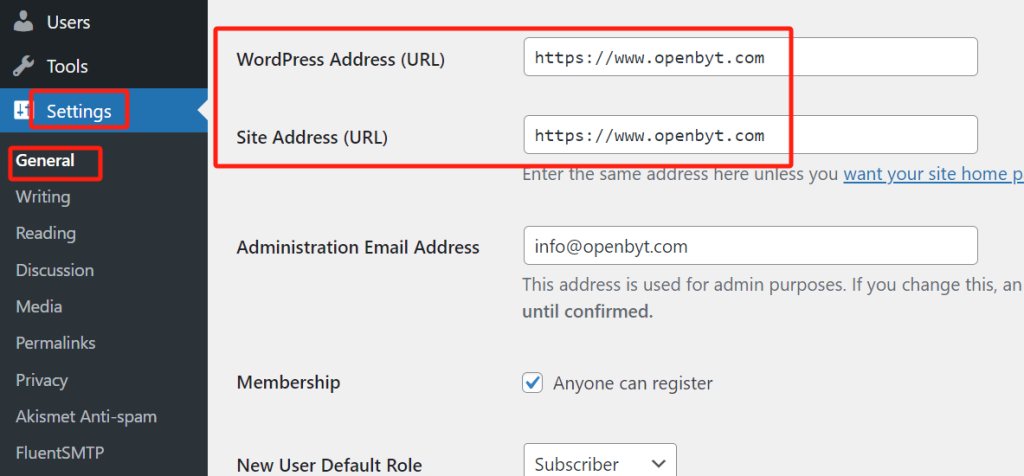
2.In the WordPress Address and Site Address fields, enter your site’s www or non-www version.
3.Click Save Changes.
4. Install the Best WordPress SEO Plugins
WordPress has numerous plugins that make SEO much more accessible. While you don’t need a plugin for every task, one comprehensive SEO plugin can help you manage all essential SEO functions.
Two of the most popular WordPress SEO plugins are:
- All in One SEO (AIOSEO) – A highly recommended plugin that offers advanced SEO tools, including TruSEO analysis, schema markup, social media integration, WooCommerce SEO, and more.

- Yoast SEO – A user-friendly plugin that helps you optimize content for SEO and provides helpful page analysis.

We recommend starting with AIOSEO for its extensive features and user-friendly interface.
Additional WordPress SEO Best Practices
1. Add an XML Sitemap to Your Website
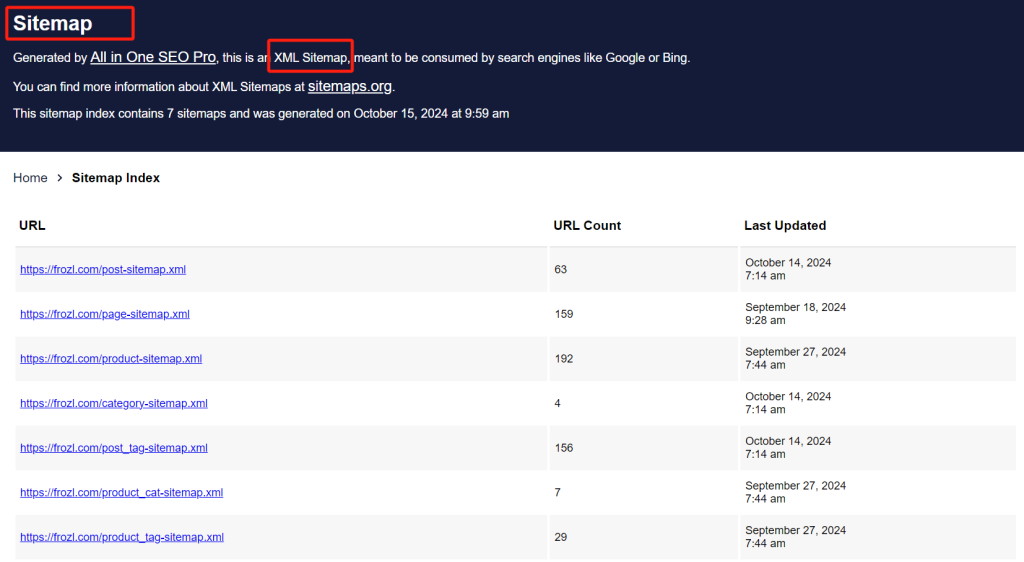
An XML sitemap is a file that lists all the pages on your site, helping search engines easily find and index your content. Although a sitemap won’t boost your rankings, it helps search engines discover your content more quickly.
Most SEO plugins, like AIOSEO, automatically generate an XML sitemap. You can view your sitemap by visiting:
https://www.example.com/sitemap.xml
2. Submit Your Sitemap to Google Search Console
Once you’ve set up your XML sitemap, the next step is to submit it to Google Search Console. This free tool lets you monitor your website’s appearance in Google search results.
To submit your sitemap:
1. Sign in to Google Search Console.
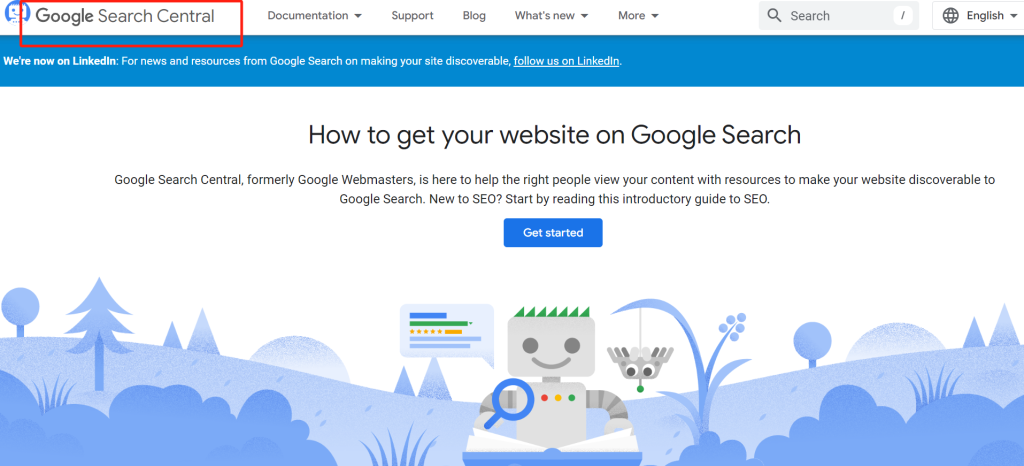
2. Select your website.

3. Click on Sitemaps in the left-hand menu.
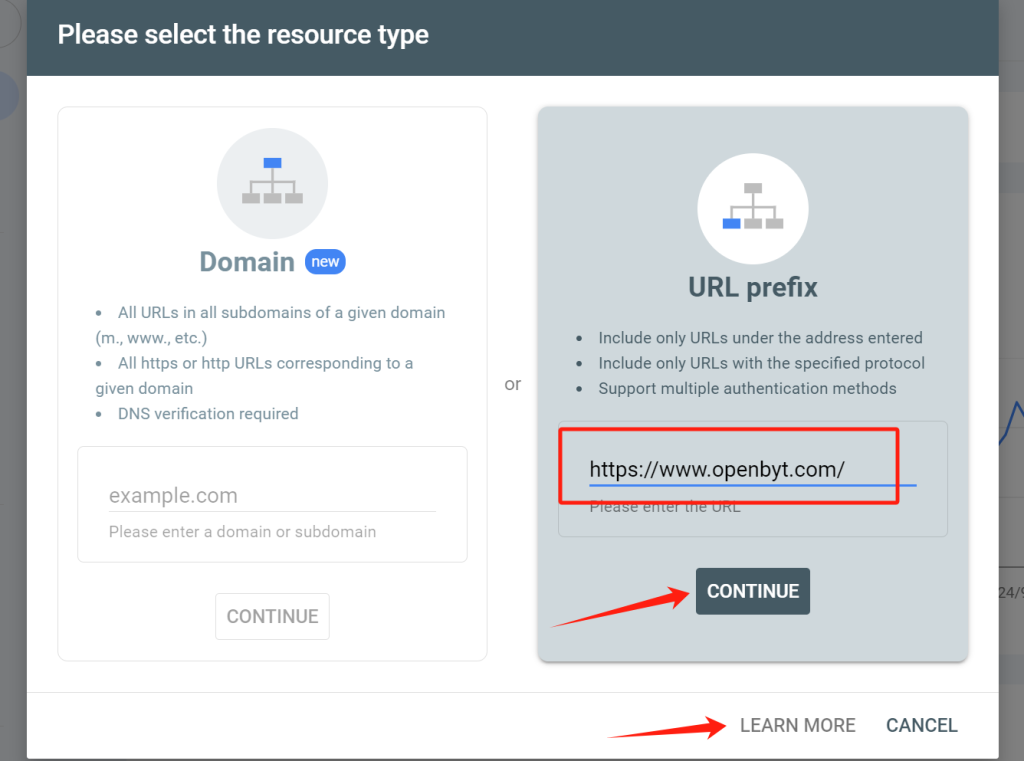
4. Enter your sitemap URL and click Submit.
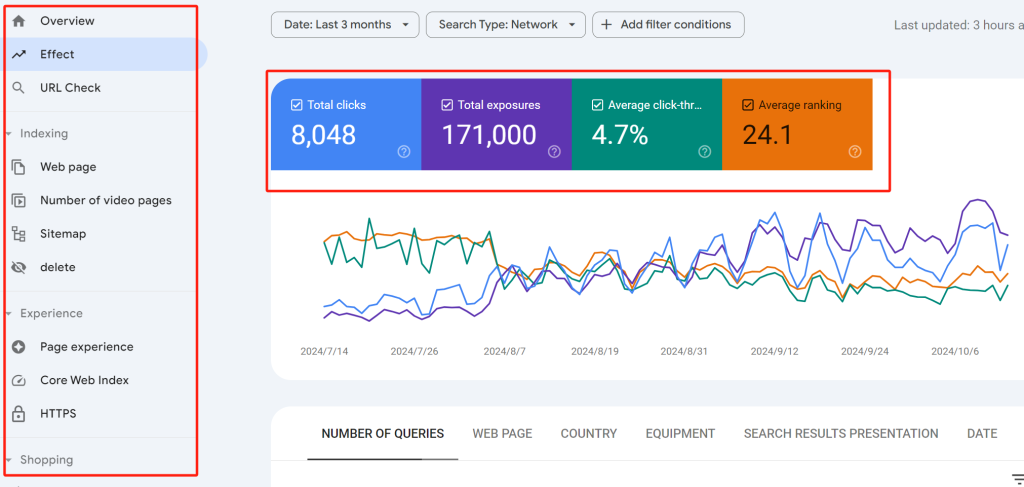
Google will begin indexing your website and provide reports on your site’s performance.
3. Optimize Blog Posts for SEO
SEO isn’t a one-time task – you must optimize your content regularly. Each time you publish a new blog post or page, take a few steps to ensure it’s SEO-friendly:
- Use a Focus Keyword: Choose a keyword relevant to your content that users might search for.
- Optimize the Title and Meta Description: Your SEO plugin will prompt you to add a title and meta description for each post. Users will see these in search results, so make them engaging.
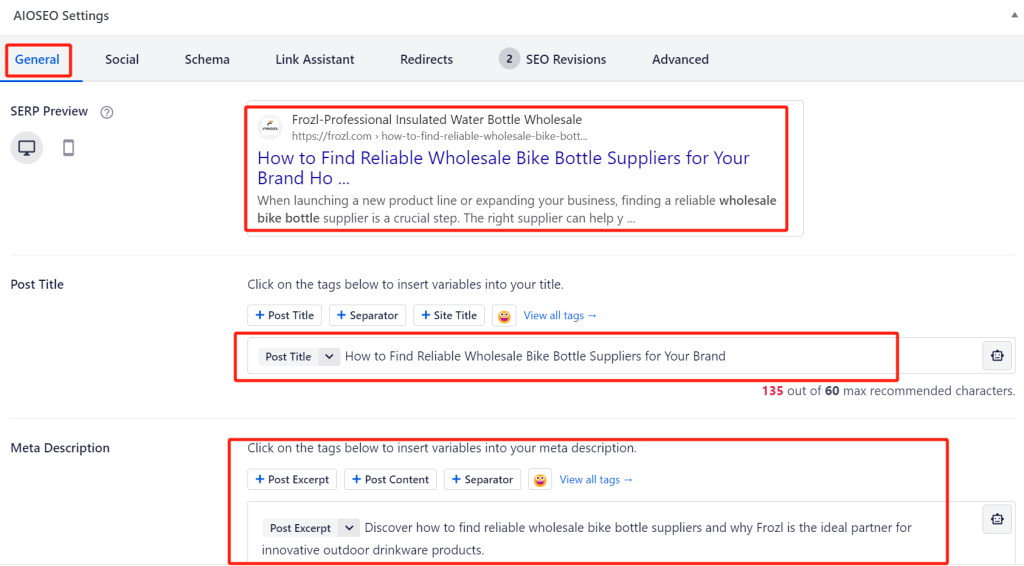
- Internal Linking: Link to other relevant posts or pages on your site to boost SEO and increase user engagement.
Advanced WordPress SEO Techniques
Once you’ve mastered the basics, here are a few additional strategies to further enhance your SEO:
1. Use Categories and Tags Correctly

WordPress allows you to organize your content using categories and tags. This helps users find related content and makes your site structure easier for search engines to understand.
- Category-related posts function together as a table of contents for your blog.
- Tags are more specific and allow you to connect posts by similar topics or keywords.
2. Add Internal Links
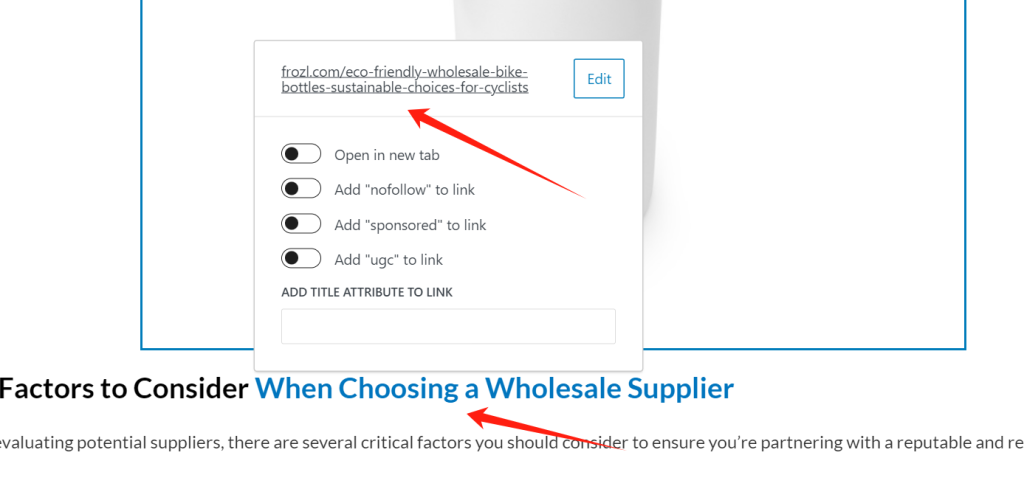
Internal links help search engines crawl your site more effectively while encouraging users to explore more content. As a best practice, aim to include 2-3 internal links in every blog post.
AIOSEO’s Link Assistant can automatically suggest internal links as you write, saving time and improving your SEO.
3. Enable Rich Snippets with Schema Markup

Rich snippets, such as star ratings, FAQs, and product details, help your content stand out in search results. These snippets are achieved through schema markup, which provides additional information about your content to search engines.
Plugins like AIOSEO can help you easily add schema markup to your WordPress site without requiring any coding.
Speed and Security: Essential for WordPress SEO
Site speed and security are critical factors in SEO. Google prioritizes faster, secure websites; improving these areas will help your rankings.
1. Improve Website Speed
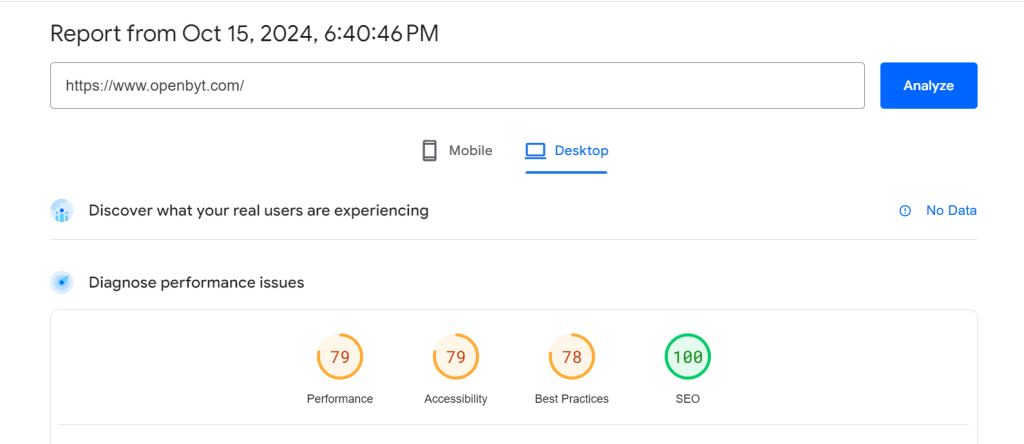
Users tend to leave websites that load longer than a few seconds. A faster site means lower bounce rates, higher engagement, and better search rankings. Use tools like WP Rocket or Autoptimize to speed up your WordPress site.
2. Secure Your Website with SSL

SSL (Secure Sockets Layer) encrypts the connection between your users and your server, improving security. Websites with SSL certificates display a padlock icon in the browser and use https in the URL. Google favors secure websites, so installing an SSL certificate is crucial for SEO.
Many hosting providers offer free SSL certificates through Let’s Encrypt. You can also purchase premium SSL certificates for additional security.
Conclusion
Optimizing your WordPress site for SEO doesn’t have to be overwhelming. By following the steps outlined in this guide, you’ll be well on your way to improving your search rankings and attracting more traffic.
Start with the basics, such as setting the proper permalink structure and ensuring your site is visible to search engines. Then, enhance your SEO with advanced techniques like adding internal links, using schema markup, and optimizing for speed and security. With these strategies in place, you’ll see long-term growth in organic traffic and improved visibility in search engines.


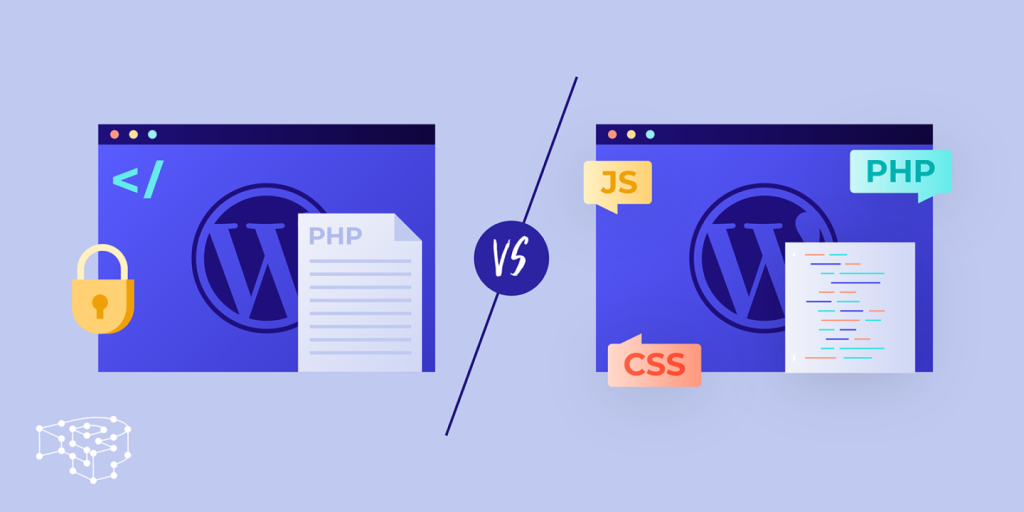




Responses